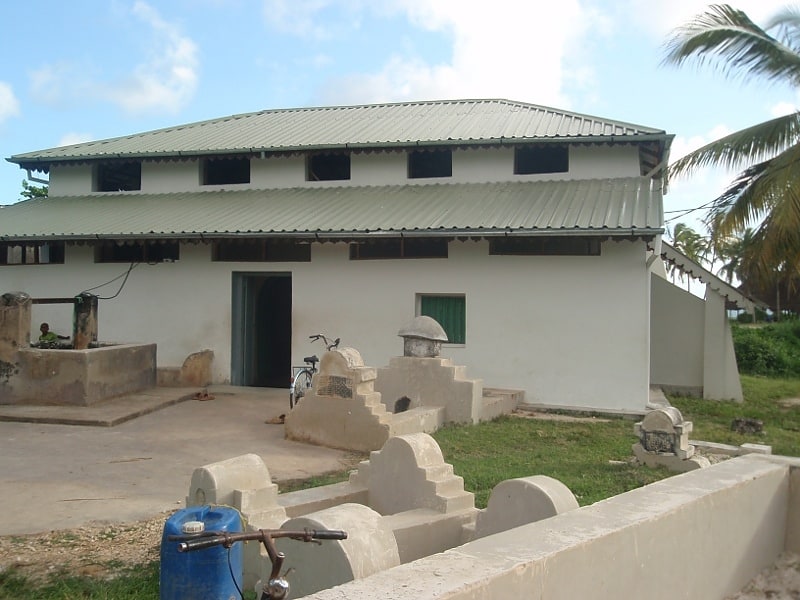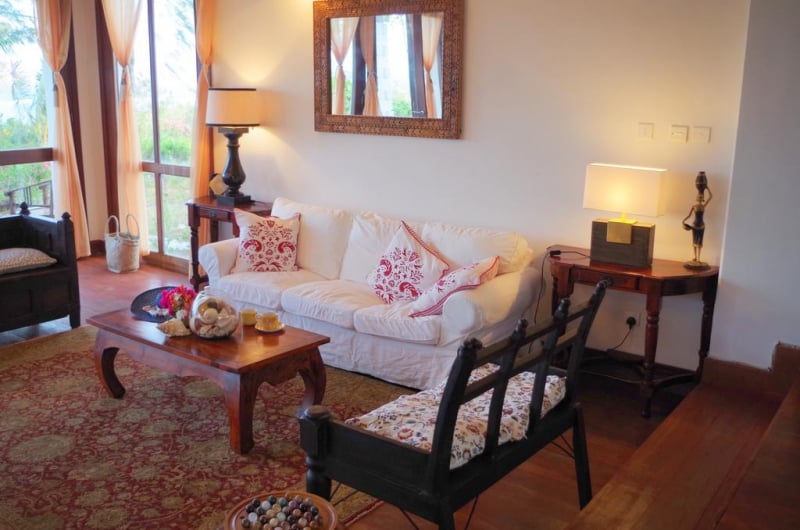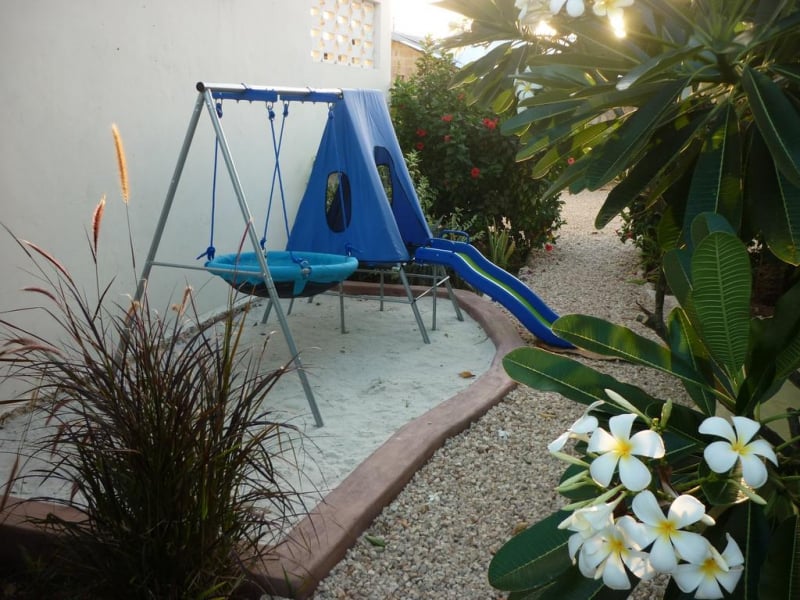Discover 5 hidden attractions, cool sights, and unusual things to do in Unguja (Tanzania). Don't miss out on these must-see attractions: Kizimkazi Mosque, Matemwe, and Kiwengwa. Also, be sure to include Paje in your itinerary.
Below, you can find the list of the most amazing places you should visit in Unguja (Zanzibar South and Central).
Table of Contents
Kizimkazi Mosque

Mosque in Dimbani, Tanzania. The Kizimkazi Mosque is a mosque situated on the southern tip of the island of Zanzibar in Tanzania and is one of the oldest Islamic buildings on the East African coast. Despite its name, it is located in Dimbani, not Kizimkazi, which is 3 miles away. According to a preserved kufic inscription, it was built in 1107 by settlers from Shiraz. Although the inscription and certain coral-carved decorative elements date from the period of construction, the majority of the present structure was rebuilt in the 18th century.[1]
Matemwe

Village in Unguja, Tanzania. Matemwe is a village on the north-eastern coast of Unguja, the main island of the Zanzibar Archipelago, between Mwangaseni and Kigomani. Its economy is mostly based on seaweed farming and fishing. The village is the seat of an education project aimed at providing computer literacy to the population of the area, as well as the Dada cooperative that is intended to create job opportunities for Zanzibari women involving them in the processing and preparation of handmade cosmetics and food products such as jam, mustard and sweets that are sold in Stone Town.
There is a charity school in Matemwe, Tamani Foundation, which provides the local students with great education. The facilities includes a nursery school, the only one in Matemwe, and an adult education, where English, Math and Computer skills are being taught.
The main purpose of coming to Matemwe is the beach, which is the longest beach in Zanzibar. The beach is affected by the tide, so check tide schedules before visiting the beach. If you are staying there, however, that is not a problem as the tide is high two times every 24 hours. The beach is very quiet and you will not be harassed by many papasis (beach boys).
Internationally, Matemwe is especially known for its relatively unspoiled white sand beaches with few and expensive touristic structures, which makes for an exclusive vacation destination. The village is fronted by a lagoon and coral reef, as well as the small atoll of Mnemba, which is a particularly appreciated place for snorkeling and scuba diving. Fish species that can be easily spotted in the area include giant trevallies, trumpetfishes, anthiases, groupers and snappers.[2]
Kiwengwa

Village in Unguja, Tanzania. Kiwengwa is a village on the Tanzanian island of Unguja, part of Zanzibar. It is located on the northeast coast between the villages of Pongwe and Pwani Mchangani. It is also connected by road to Kinyasini, which lies eight kilometres to the west.[3]
Paje

Village in Unguja, Tanzania. Paje is a village on the Tanzanian island of Unguja, part of Zanzibar. It is located on the southeast coast between the villages of Bwejuu and Jambiani.
The lagoon is used to learn kiteboarding, since a very consistent side-onshore wind is blowing most of the year, the lagoon is shallow during low tide and has a sandy bottom, and the reef protects the lagoon from waves.[4]
Uroa

Village in Unguja, Tanzania. Uroa, sometimes spelled Urowa, is a small, rural coastal village on central eastern parts of Unguja in Tanzania. It is situated in the Chwaka Constituency in the Unguja South Region. It is located in the Uroa Bay, approximately halfway between the villages of Kiwengwa and Chwaka; 21.7 miles north of Zanzibar Town. It is located 5.6 miles north of Chwaka and 7.1 miles south of Kiwengwa. Uroans mostly live on fishing and seaweed farming; tourism is also developing in the area, although to a lesser extent than on the south-eastern coast around Jambiani. It is a small and centerless village with resorts on the southern and northern side of its bay. It is home to only six stores and is recognized as a traditional, slow-paced, and spread-out village. Uroa Village stretches in a narrow, long line from south to north along the coastline, appropriately named Uroa Beach. The elevation of the town is only 3.2 feet on average. Its economy has traditionally relied on fishing and seaweed collecting, but has since 2008 experienced a growth in tourist accommodation. In addition, recent years have also seen an increase in governmental jobs such as health workers, administrators and teachers. New sources of income have contributed to an increased median income for Uroans, however, the income is fairly unequally distributed. For instance, the monthly income for seaweed farmers represent only U.S. $7 per farmer, while Uroans working in the tourist industry makes U.S. $65 on average per month.
Uroa can easily be reached by transportation such as dala-dala, public buses, minibuses, and taxis. Dala-dala number 214 goes between Stone Town in Zanzibar Town to Uroa Village six times per day, between 6 AM and 6 PM, whilst the public bus on route 13 goes eleven times per day from 8 AM to 4 PM. Public bus number 14 also goes to Uroa via Chwaka, and the trip usually costs between U.S. $3 and U.S. $5 per person each way. Dala-dala 214 sometimes runs from the Darajani Market in Stone Town, but usually goes from a junction known as Mwembeladu. Alternatively, public bus number 206 sometimes continues as far north as Uroa.[5]